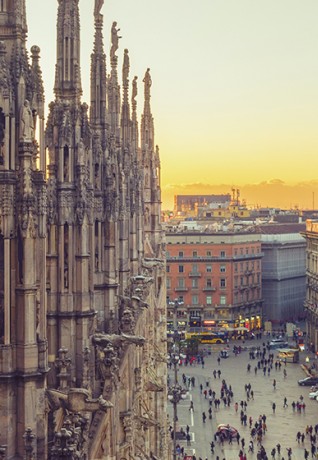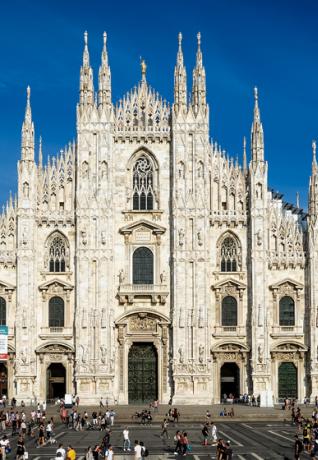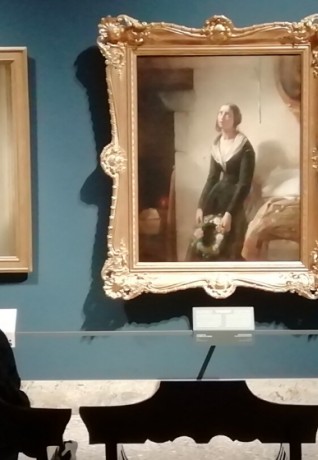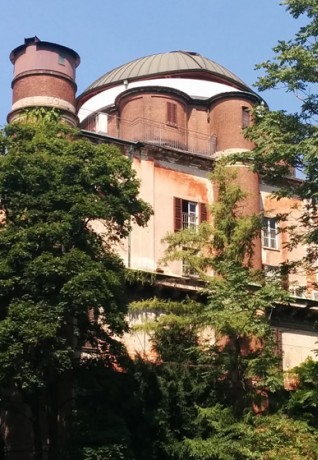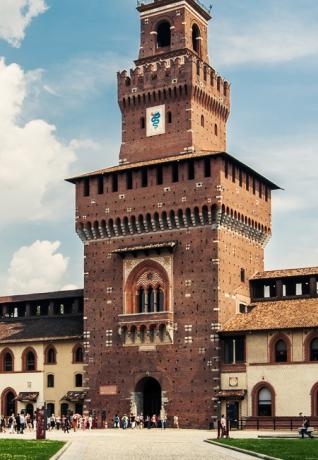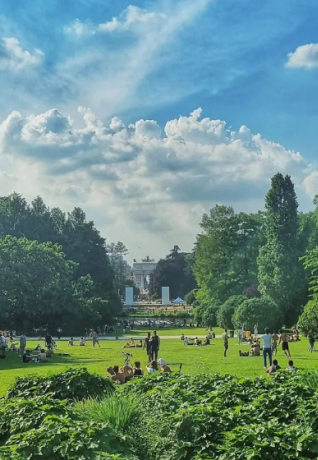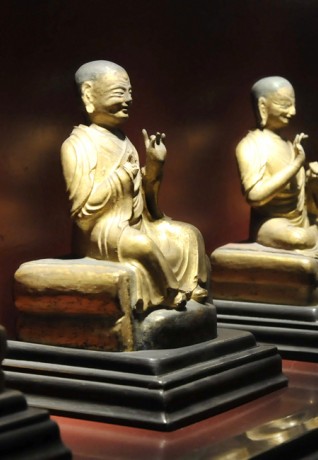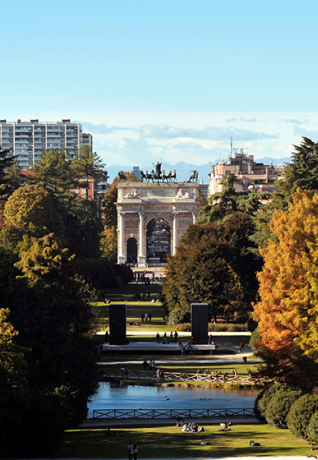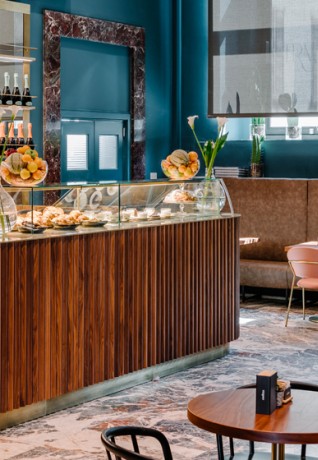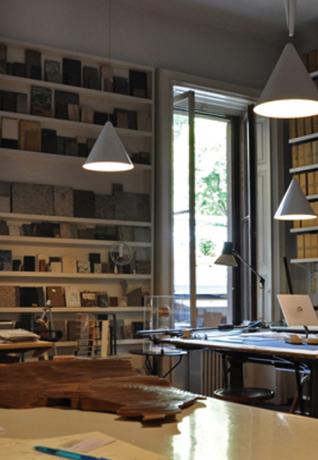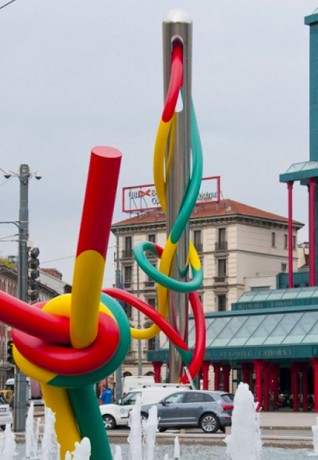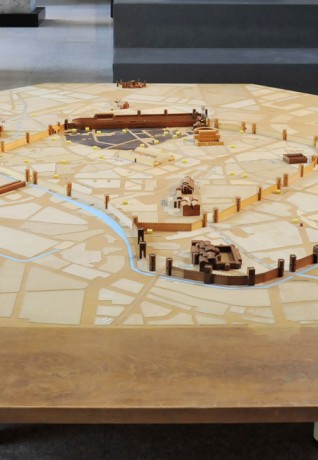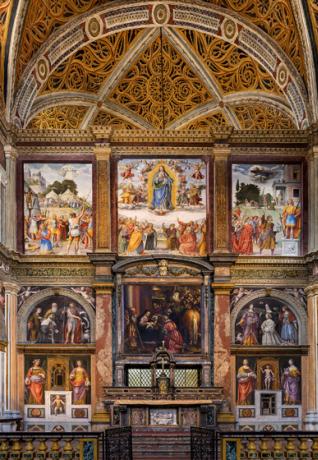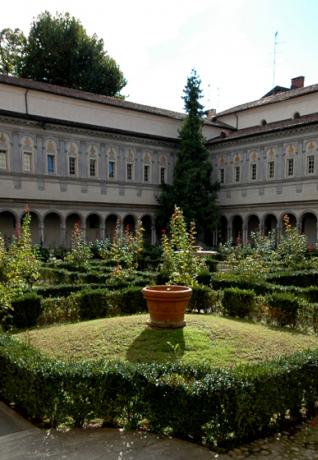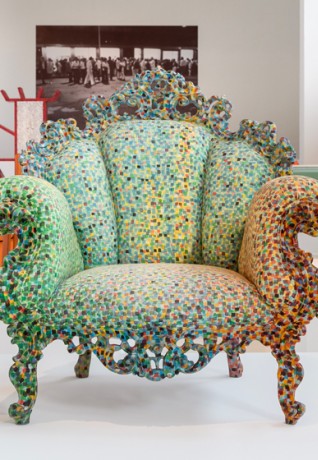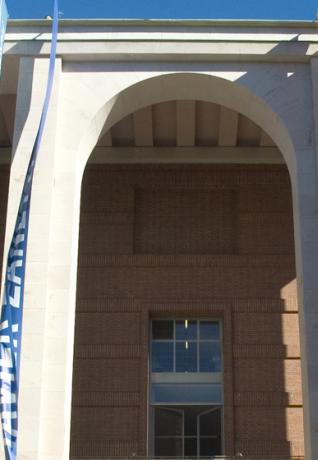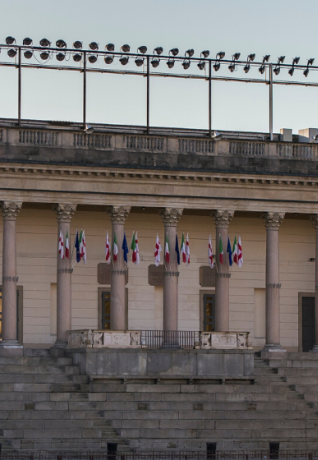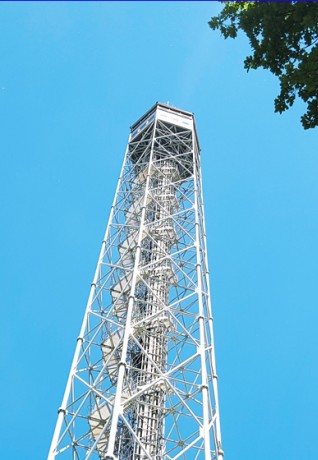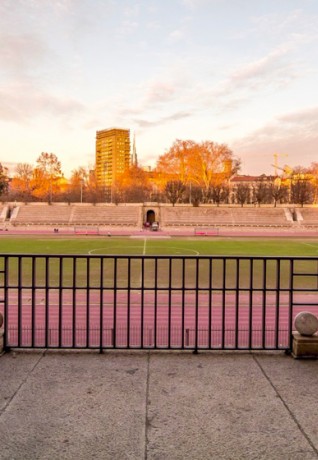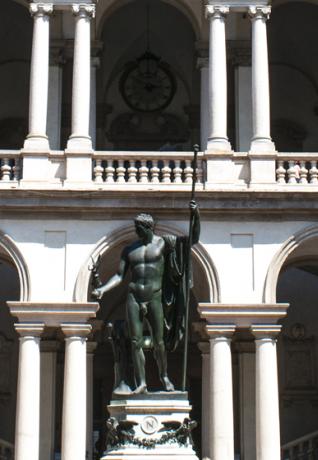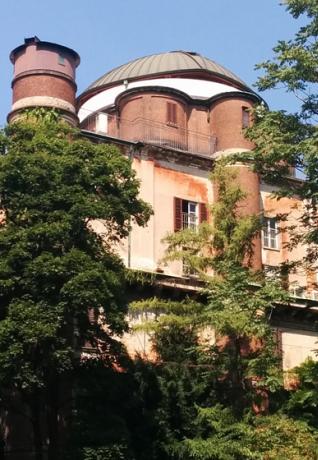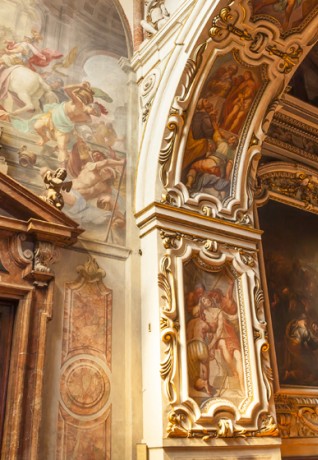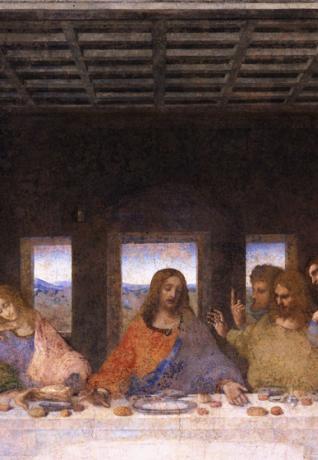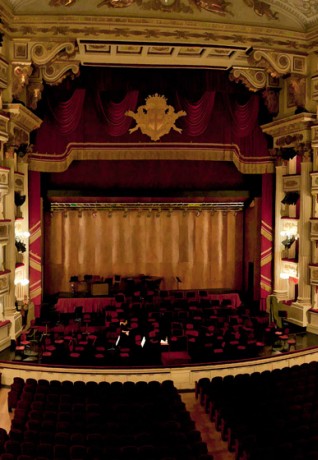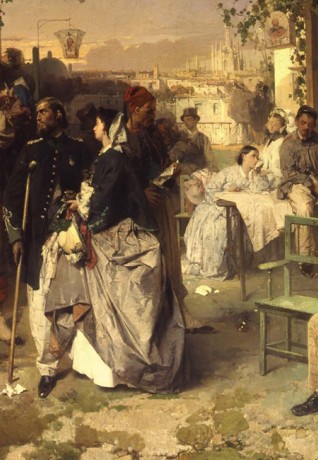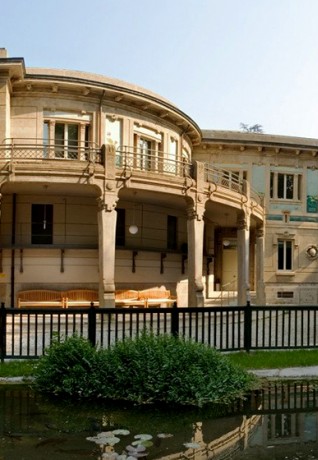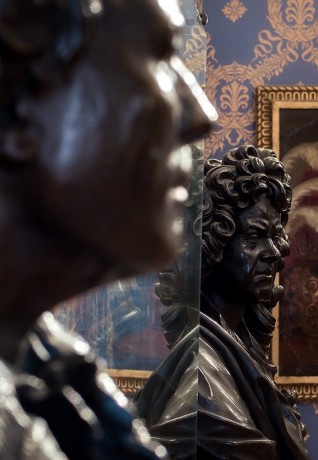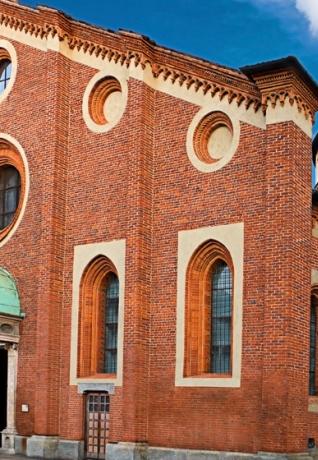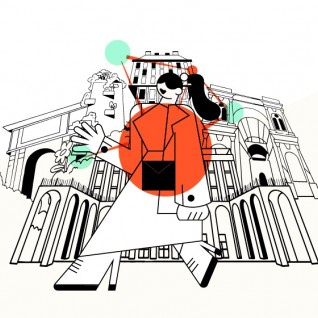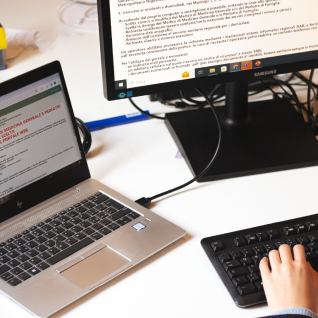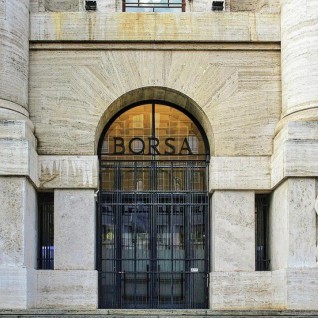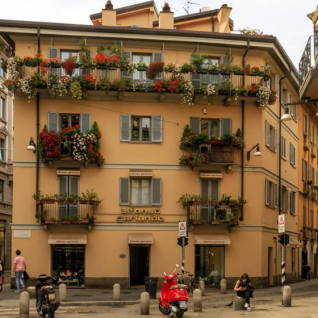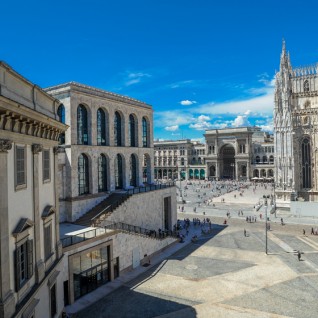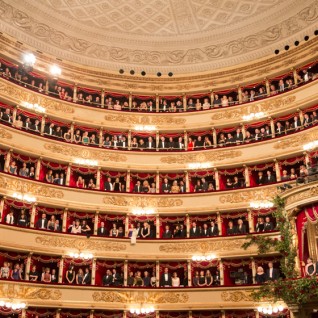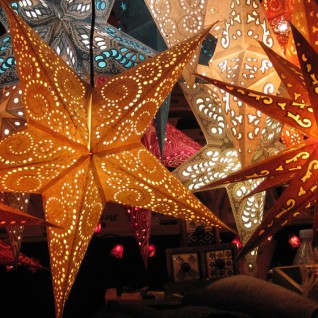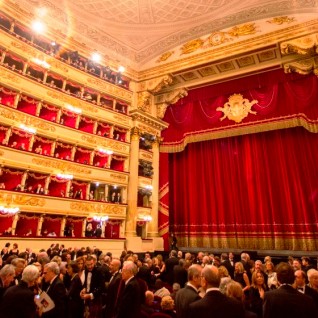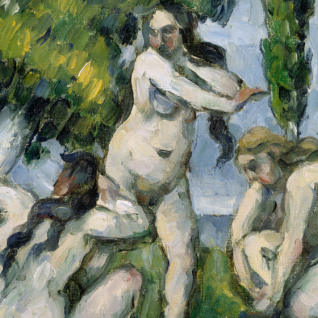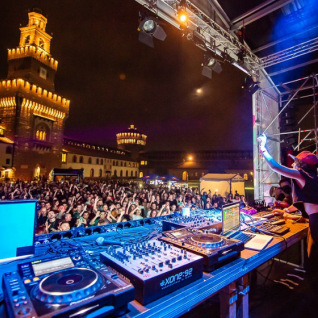Castello Sforzesco
Fortress, palace and now museum: the fascinating history of Milano’s Castle
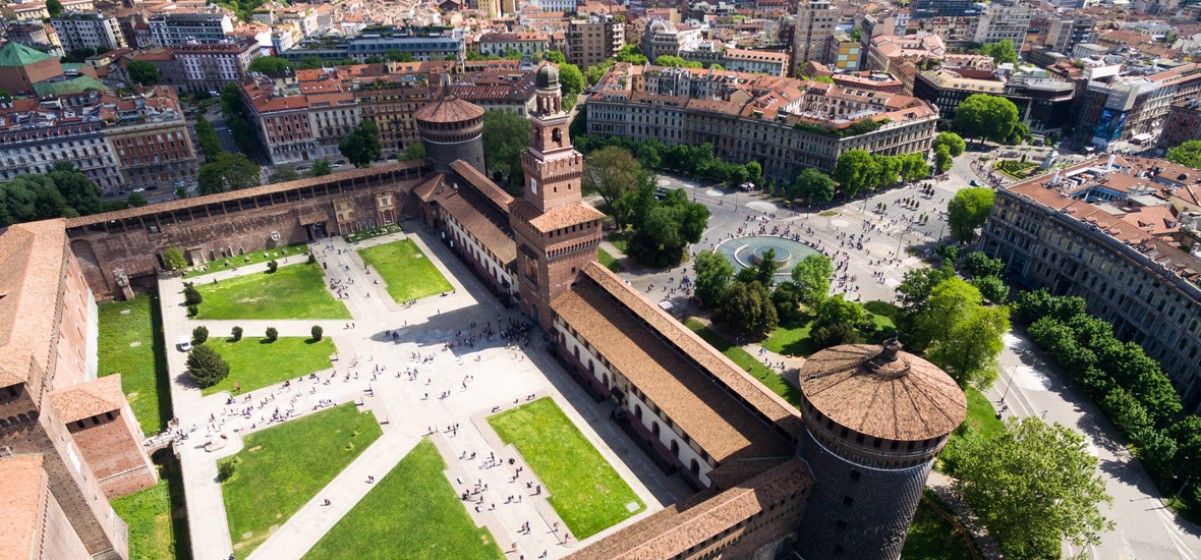
Once upon a time, in a land far away, there was a young prince who lived in a castle... how many fairy tales start like this? Milano too has its own fairy tale, or rather it has its own fairy-tale castle, Castello Sforzesco, one of the largest in Europe.
Throughout history, this imposing complex has played many roles: defensive fortress, ducal residence and military barracks. Nowadays, its magnificent interior hosts Milano’s Municipal museums and other cultural institutions, but the castle grounds are fascinating in themselves, with large courtyards, massive walls, moat, towers (entrance is free excluding the museums), crenulated battlements and the green expanse of Parco Sempione.
The castle’s origins date back to 1358 - 1368 when the first nucleus was known as the Castello di Porta Giovia and was used as a residence but mainly as a military defensive complex by Galeazzo II Visconti, Duke of Milano. Over the centuries, the Castello expanded until it became one of the main military citadels in seventeenth-century Europe.
At the end of the fifteenth century, Leonardo da Vinci worked here, under the patronage of Ludovico il Moro. After extensive renovation, his celebrated wall painting in the Sala delle Asse was opened to the public on the 500th anniversary of his death. Further renovation is now in progress and soon enough the Sala will once again be one of the highlights of any Leonardo tour in Milano. For more information on the Sala delle Asse visit the official website.
Leonardo was at home here, but he is not the only Master whose work is housed in the Castello: the frescoed hall of the former Ospedale Spagnolo (Spanish Hospital) is now dedicated to Michelangelo's final masterpiece, the Pietà Rondanini.
The iconic red-brick Castello Sforzesco now hosts several dedicated Municipal Museums and, since 1896, it has been home to one of the city’s most extensive art collections. The Museum of Ancient Art houses precious works such as the superb equestrian tomb of Bernabò Visconti and many ancient fragments of Milano’s cultural and municipal history. The Pinacoteca boasts masterpieces by Andrea Mantegna, Giovanni Bellini, Lorenzo Lotto, Correggio, Tintoretto and Canaletto.
The Raccolta di Mobili (Furniture Collection) displays furnishings from the 15th to the 20th centuries; the Museum of Decorative Arts offers a vast collection of ceramics, precious late-antique ivories and contemporary glass; the Collection of Musical Instruments is among the largest in Europe. Not to be missed are the Trivulzio Tapestries, the Armory, the Prehistoric and Protohistoric Museum and the Egyptian Museum.
NOT TO BE MISSED
- A visit to Leonardo da Vinci's Sala delle Asse and Michelangelo's Pietà Rondanini Museum: one ticket is valid for admission to all the Castle museums.
- A tour of the ramparts that run along the walls to admire the architecture of the entire Castello from above and, particularly, the Ducal Court. The view towards the city centre and over Parco Sempione is well worth the tour alone. You can choose between a guided tour or to go up independently by purchasing a dedicated ticket. It is one of the recommended places to see Milano from above.
- A relaxing break in Parco Sempione: exiting from the Castello’s ‘back door’, the trees and lawns stretch as far as the eye can see, up to the Arch of Peace visible in the distance. Discover the hidden park’s many beauties.
- An evening stroll to admire the illuminated Castello Sforzesco. And, as you turn your gaze, the view of the Madonnina hoisted above the Duomo, glistening on the Milan skyline.
INTERESTING FACTS
- According to legend, there was a secret tunnel starting from the Castello basement, running beneath the city and emerging under the Church of Santa Maria delle Grazie. It was built by Duke Ludovico il Moro to be used as an escape route in case of siege and to secretly visit the tomb of his wife Beatrice d’Este, buried in the church that her husband turned into a mausoleum after her death.
- In 1521 an accidental explosion of gunpowder, possibly due to lightning, caused the Castello’s central tower - which was then used as ammunition depot - to collapse: it was subsequently rebuilt and is still today called Torre del Filarete in honour of the celebrated architect who had originally planned its construction in 1452.
The courtyards are open and allow for a free exploration of this fascinating castle at the centre of Milano.

Opening times:
Castle
Mon - Sun: 7:00 am - 7:30 pm
Museums and exhibitions opening times:
Castello Sforzesco museums from Tuesday to Sunday from 10:00 am to 5:30 pm (last entrance 5:00 pm)
Closed on Mondays, December 25th, January 1st, May 1st

Ticket information:
Castle: free admission
Museums inside the Castle:
€ 5
Reduced price: € 3
Free admission: under 18; on the first and third Tuesday of the month after 2:00 pm; first Sunday of the month
For detailed information on the available reduced-price tickets please visit the official website
Buy online:

Public transport:
UNDERGROUND
Line red M1 Cairoli and Cadorna stops
Line green M2 Lanza and Cadorna FN stops
TRAM
1, 2, 4, 12, 14
BUS
50, 57, 58, 85

Services:

Telephone


Official hashtag
Accessibility
For more information on the accessibility of this place visit the dedicated page

 Log in
Log in






